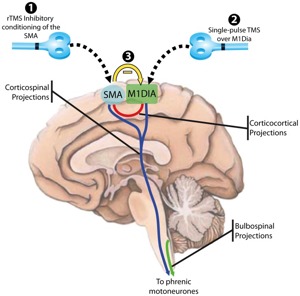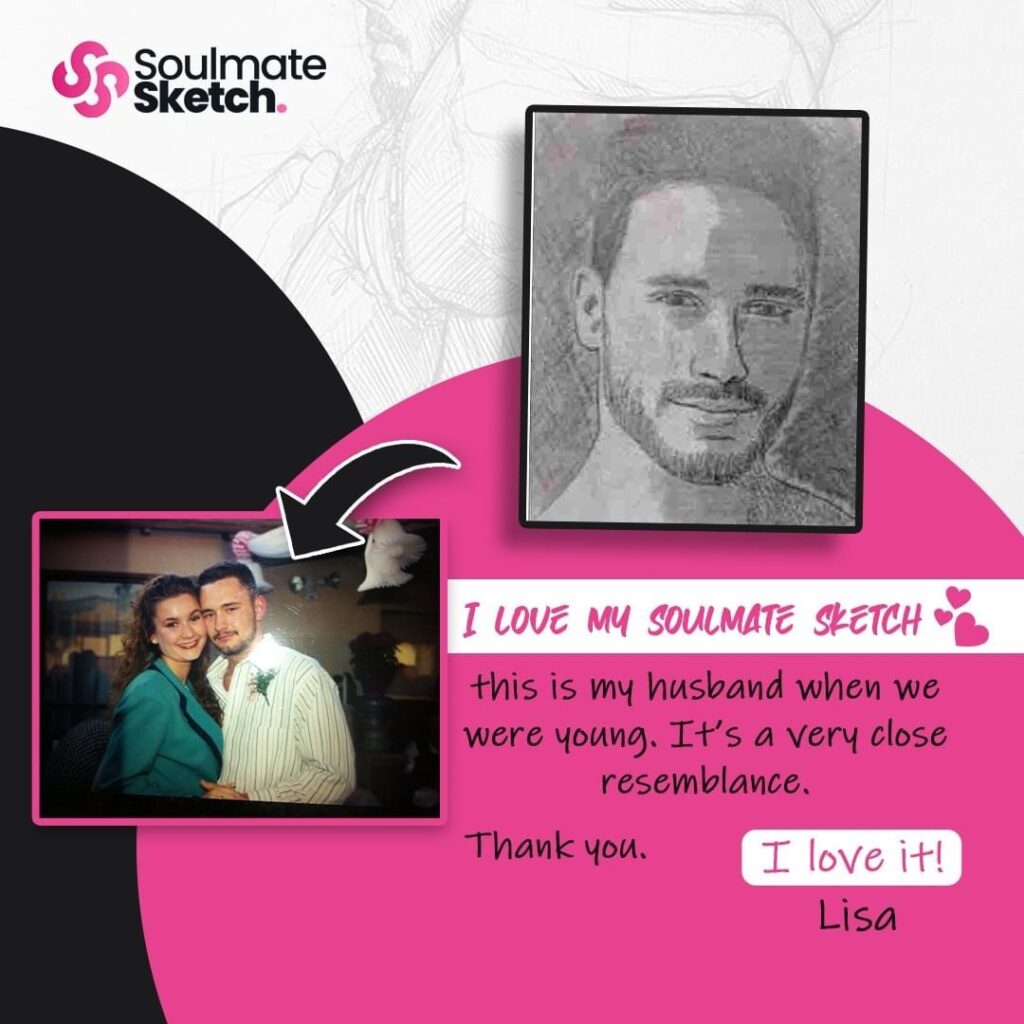
With technology nowadays, it seems like we are constantly looking for new non-invasive ways to treat mental illness. As someone who has experienced the struggle of trying to find the right anti-anxiety medications or antidepressants, I can appreciate the fact that it’s a difficult task. For the longest time, I thought I’d never find the right treatment for my constant panic attacks and my severe depression. Earlier this year, I tried a newer treatment called Transcranial Magnetic Stimulation (TMS). This is a noninvasive procedure that stimulates nerve cells in the brain to essentially rewire the brain and improve symptoms of depression. While it is a timely process (about 6-8 weeks of treatment and 3-5 sessions a week), and fairly expensive (I had already met my deductible by early March of this year), this treatment was life-changing for me.

About me and my condition before the treatment
Let me tell you a little about myself and my story. I am a 22 year old female who has dealt with severe depression and anxiety for roughly 6-7 years now. At the beginning, facing my depression and anxiety didn’t seem so difficult. I would go through little bouts of depression in high school and in my first couple of semesters of college, but after a week or so of feeling down, my mood would go back to normal and I’d be feeling okay. When I was feeling down, I never wanted to label it “depression” and typically would just blame it on my period and say I was just having mood swings (as would my parents and aggravated older brother). About 3 years ago, I started to realize I wasn’t just PMS’ing. I lost nearly 25 pounds because I had no appetite and averaged one meal a day. I was beginning to lose interest in the things that I used to love. It felt like getting out of bed to face the world was becoming a task. I started having panic attacks about the smallest things, like my dog escaping from the house and making me chase him around the neighborhood, or forgetting to turn in a homework assignment that counted for 5% of my overall grade. I felt like I was just going through the motions with no purpose. Things were headed in a bad direction, and I was starting to have thoughts about harming myself. I entertained the idea of suicide. And I knew in the back of my mind that this wasn’t how I wanted to feel, but I was so far in this pit that I didn’t know how to get out of it anymore.
It was time to ask for help because I knew it was beyond my capabilities to try and get out of this depression myself. Now, I recognize this isn’t as easy as I make it sound. It took a full on meltdown over something so minor that I don’t even remember what about, and my mother yelling at me “what the hell is wrong with you?!” for me to finally understand something was not right. I wasn’t just dragging myself down, I was dragging my loved ones down with me. Seeing the exhaustion and frustration in my parents’ faces during this particular episode triggered something in me that said “it’s time for this to stop.”
Don’t try to face depression alone – Your Life Your Voice
The standard therapy and pharmaceutical route
So after discussing my options with my parents, I began talk therapy, which helped somewhat, but I still was curious as to what medication could do for me. My first experience with a psychiatrist was awful. While I was told to budget at least 40 minutes of my time for my initial appointment with this doctor, she only gave me 10 minutes of hers. With giving her little to no background information on why I was there in the first place, I walked out with not one, but three different prescriptions; a mood stabilizer, antidepressants, and an anti-anxiety drug. The worst part? Even though I was legally an adult, she basically told me, “this is what you’re going to take and it’s going to fix you” and sent me on my way. Granted, I was only 19 at the time, but I knew I was old enough to have a say in what medications I put in my body.
When I came home and told my parents about my experience, they could sense my frustration and we all agreed I needed to get another doctor’s opinion before taking any of these meds. Back to square one. After speaking to another psychiatrist, I discovered the mood stabilizer was mainly used to treat patients with bipolar disorder, and the dosage on the antidepressant was way too high for someone who was just starting out on an antidepressant for the first time ever.
So even though I was traumatized from this first experience, I reluctantly agreed to try again with this new doctor. I lucked out with this psychiatrist because this is the doctor I still see to this day. Over the course of about 2 years, he had me try antidepressants like Lexapro, Effexor, and Zoloft. Honestly, the antidepressants only frustrated me more because they made my mind “cloudy.” I had a short attention span and often found myself getting lost in my own thoughts whilst in the middle of conversations with others. If anything, it felt like my depression was worsening instead of being alleviated by the drugs. They wired me up and made it difficult for me to sleep at night, so my psychiatrist prescribed Ambien to help me sleep through the entire night. By this point, I was starting to lose track of all the different medications I had ingested since the beginning of this journey.
My low point
In December of 2017, I drove home after having a few drinks with my friends one evening and clipped the front end of my car trying to pull into my garage. When I saw the extremely minor damage I had done to my car, my heart began to race, tears welled up in my eyes, and the panic attack began. It was so minor, but when your anxiety is as bad as mine was, this felt like the world was coming to an end. I even knew in the back of my mind that I was overreacting and needed to just chill out, but the alcohol in my system had other plans. I remember thinking to myself, “that’s it. I don’t want to feel this anxiety anymore. I just want to go to sleep and numb the pain.” So I marched upstairs, grabbed the bottle of Ambien on my nightstand, and swallowed every pill in the bottle, not even considering how lethal the combination of the alcohol and drugs would be. But trying to reason with myself in that moment was about as useless as reasoning with a 5 year old. At that time, my boyfriend called me and while my consciousness was fading, I was able to spill out the words, “I just swallowed all of my Ambien.” The last thing I remember is my boyfriend hanging up on me, and my mom’s phone ringing in the next room. Then, darkness. Next thing I knew, I was on a 72 hour hold in a psychiatric ward. I had officially hit my lowest of lows.
Here’s another story you may like: Negative Reviews and Here’s How to Handle Them
Transcranial Magnetic Stimulation – a new and experimental treatment
Once I was out of the hospital, my first priority was to go back to my psychiatrist and figure out a new solution to heal other than medication, because clearly nothing I had tried was working for me. Eventually we came to an agreement that we had spent enough time dabbling with antidepressants and he told me about Transcranial Magnetic Stimulation (TMS). He explained to me that it was a newer treatment that only a handful of his patients had tried, but thus far the success rate was looking good. When he told me I would be able to wean myself off antidepressants entirely, I was ready to hit the ground running with this treatment.
How TMS works

The treatment was a timely process. I had to budget 20 minutes out of the day, 5 days a week for 4 weeks straight. Then for about 2 weeks after, it went down to 2-3 visits per week. I would lay back as the psychiatrist put a coil next to my left temple that would create a “tapping” sensation. Essentially, it was “[delivering] a magnetic pulse that stimulates nerve cells in the region of your brain involved in mood control and depression. [It also activates] regions of the brain that have decreased activity in people with depression.” At first, it gave me headaches both during and after the treatment, but then I started to get used to it and the headaches subsided. During treatment, the “tapping” sensation would last in 4 second intervals with 11 second breaks in between. Because it can be a bit uncomfortable, patients are given the option to take longer breaks in between the 4 second intervals, but I chose to stick with the shortest time so I didn’t spend more time in the office than I needed to each day. My psychiatrist made me as comfortable as possible by sitting me in front of a TV so I could watch Netflix and focus on something other than the treatment.
I began TMS in February of 2018, and had my last treatment in April of 2018. By April, I wasn’t taking any medications at all, and I felt like a new person. My mind was clear. I wasn’t having any panic attacks, and I was actually enjoying my life. Granted, during the TMS process I also made some major life changes. I quit both of my jobs that were physically and emotionally running me into the ground, I ended a pretty unhealthy relationship with my boyfriend, and started forcing myself to socialize more instead of spending my weekends in bed binge watching the same TV show over and over again. I got a new job and made friends with my new coworkers, which made working a lot more enjoyable. Most importantly, I was happy again.
My results with TMS
Now 5 months after my final TMS treatment, I am in a better place now than I’ve been in since I was in the 8th grade. Don’t get me wrong, I still have days where I feel less motivated or sluggish, but I certainly don’t remember the last time I spent the entire day in bed. I am now able to recognize the signs of my anxiety and depression, and have tools to ease those symptoms. I’m back to a healthy weight. I find joy in going to work and school and being around my friends, and I am so proud to say you wouldn’t even recognize the person I was a year ago.



